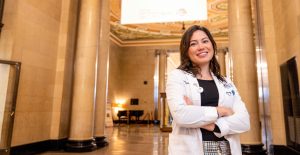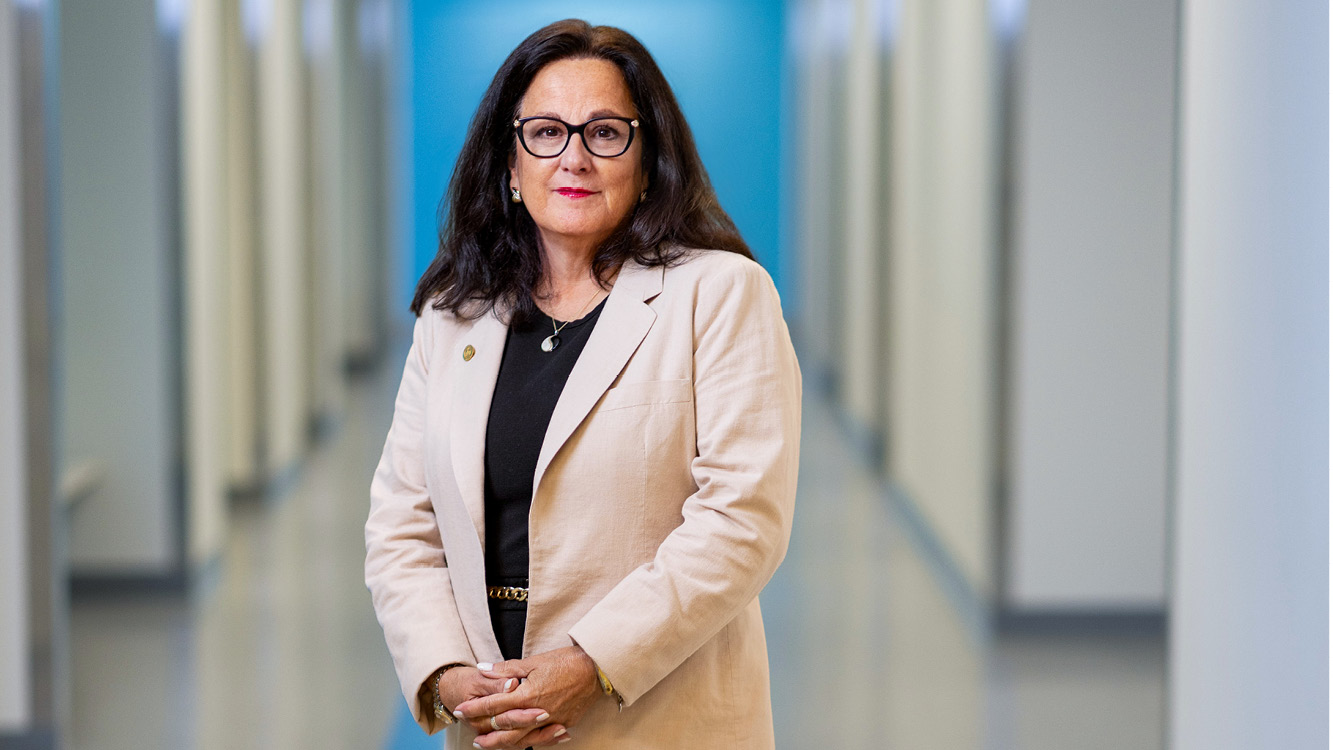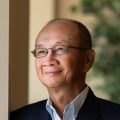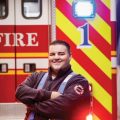By Kevin Coyne
Maybe you’ve read the obituaries and noticed how many are for people who seem much too young to die — 24, 34, 44 — and then saw where memorial donations were suggested to go: to an addiction recovery center.
Overdose.
Maybe you’ve paid a condolence call after the untimely death of somebody in your circle of friends and neighbors and stood at a wake nodding sadly with little more to say than, “I’m so sorry, I didn’t know.”
Overdose.
Or maybe you’ve buried a member of your own family, racked by questions for which there are no simple answers: What signs did I miss? What else could I have done? Why, why, why?
Overdose.
More than 107,000 people died of drug overdoses in the United States in 2021, the most ever recorded. Read that number again: 107,000 dead. We lost from overdoses in a single year almost twice as many Americans as we lost in all the years of fighting in Vietnam. It’s a number that has grown relentlessly every year, and that has reached a brutal threshold where it is almost inescapable.
“We all know someone,” says Kathleen Neville, associate dean for graduate studies and research at the College of Nursing. “We may not talk about it, but the bottom line is, we all know someone.”
Most of those deaths are from overdoses of synthetic opioids — drugs that are effective both at relieving pain and at producing a euphoric high that is devastatingly addictive. The spread of opioids over the last decade, most lately and lethally in the form of illegally produced fentanyl, has created what Neville describes as “a major healthcare epidemic that continues to worsen.” It is an epidemic that the healthcare system needs more weapons to help fight, and she had an idea about how to sharpen one of those weapons.
Opioid addiction — opioid use disorder, or OUD, in the language of the field — is powerful, but not invincible. A combination of counseling, behavioral therapy and drugs that is known as medication-assisted treatment, or MAT, can sate the addictive cravings.
“MAT is the gold standard at this point,” Neville says. But there are more people who have addiction issues who need this treatment than there are healthcare professionals available to provide it. Physicians, nurse practitioners and physician assistants must complete special training and receive a waiver from the federal Substance Abuse and Mental Health Services Administration (SAMHSA) before they are permitted to prescribe the medications.
“They can prescribe an opioid, but not the treatment,” Neville says, noting the irony.
In the face of this problem, the necessary MAT training is now part of the standard curriculum at the Interprofessional Health Sciences campus in Nutley. Neville is the principal investigator for a federal grant helping to provide medical students at Hackensack Meridian School of Medicine, nurse practitioner students at the College of Nursing and physician assistant students at the School of Health and Medical Sciences the training they need to fight opioid abuse.
The first students to complete the training graduated this spring — 433 more foot soldiers in the war against addiction.
“This whole grant is about getting all of our students on board to be able to prescribe after graduation,” Neville says. “It needs to be embedded in the curriculum, that opioid use disorders are a disease that warrant being treated as a disease. The stigma’s got to go away. It’s not weak moral character. Some people are very prone to addiction.”
When Neville was a young nurse, working with adolescent cancer patients at Columbia Presbyterian Hospital and studying for a master’s at New York University, she thought of addiction as what she saw on the streets of Manhattan. That’s how a lot people thought of addiction then, before the waves started breaking on their own streets.
By 2013, she was a professor in the School of Nursing at Kean University and consulting with hospitals to get nurses more involved in research when she started work on a study: What were nurses’ attitudes toward patients with substance abuse disorders?
“I’ve always been very interested in the emotional and psychological aspects of illness,” she says. Her doctoral research turned into a book: “Mature Beyond Their Years:
The Impact of Cancer on Adolescent Development.”
“Maybe that’s why I went into adolescent oncology as a beginning nurse,” she says.
Nurses, she found in her study, tended to be “mistrusting,” even “fearful,” of patients they regarded as addicts. “I’m hoping that tide has changed a little bit,” she says. “I think by educating, we’re changing it.”
That’s one of the key lessons of the MAT training to fight opioid use disorder. “The nonjudgmental attitude of the provider is so important,” she says. “If society views a person with an OUD as less than desirable, chances are that person with the OUD has their own deprecating view of themself and they are less likely to seek treatment.”
Soon after Neville arrived at Seton Hall in 2018, the University and Hackensack Meridian Health were awarded a three-year grant from SAMHSA to establish the training program: 24 hours of online classes for nurse practitioner and physician assistant students, and 10 hours of clinical experience at places that treat patients with addictions. (Medical students take a more condensed course of eight hours.)
“One of the earlier modules we had was about the changes in brain chemistry, and the reward pathways in the brain that keep someone addicted to opioids,” says Rebecca Fiedler-Giordano, a third-year nurse practitioner student who works as a cardiovascular nurse in Denver. “You definitely learn to appreciate how hard it is for people to get on the other side of addiction.”
She saw that, too, in her own life — a friend of her husband who died of an overdose — and in her first clinical rotation for the nurse practitioner program, even before the subsequent one she did for the MAT training. It was at a federally qualified health center in Denver that served a large homeless population. Tuesdays were MAT days, when she shadowed a nurse practitioner who was seeing patients who were taking suboxone or naltrexone, medications prescribed to treat opioid addiction.
“A layperson might think, ‘OK they’re not going to be doing heroin or oxycodone, but they’re going to be on this other medication for years at a time,’ so initially there’s a little bit of skepticism,” says Fiedler-Giordano, whose experience in the MAT program has led her to consider working in a similar clinic after graduation. “Some people think of addiction and they say, ‘Well, why don’t you just go cold turkey?’ but you can see how that doesn’t work for a lot of people. This medication is really what people need to rewire their brains.”
Daniela Arriagada, a physician assistant student who grew up in Elmwood Park, had also seen the cost of addiction before starting the program — several classmates who died of overdoses of heroin or prescription opioids. “But I was really surprised to learn that it’s much more common than just what I’ve seen,” she says. “I thought it was because I lived in such an urban area where it has that negative connotation that there’s a lot of drugs involved. But going to different towns all over New Jersey, towns with the white picket fences, you think nothing’s happening there, but it is, just a little bit more behind closed doors.”
Arriagada did her MAT clinical hours at Broadway House for Continuing Care in Newark. “That definitely brought the program together for me,” she says. “You’re seeing the patient and the outcome, and you’re getting to apply your interviewing skills and your knowledge of medications and resources and treatment.”
One patient she saw was nearing the end of her third stay in the residential treatment program at Broadway House — a middle-aged woman who grew up around addiction, and who has struggled with it herself since she was a young teenager. “It’s important not to be judgmental, because they’re here for a reason,” says Arriagada, who studied neuroscience as an undergraduate at Rutgers. “They’re trying to take action and make a change in their life, and they need someone to support them. It’s not a moral failing, it’s a physical addiction. It’s an actual mental condition. It’s not that someone chooses to be addicted — it’s that your brain chemistry is completely altered.”

the Broadway House,
Newark, N.J.
Addiction treatment is one career path Arriagada is considering after graduation; but producing more specialists like that is not the primary goal of the program. The goal is to enable more clinicians all across the healthcare system — especially in primary care — to treat addiction as thoroughly as they treat cancer, heart disease or any other chronic illness. Last year, Seton Hall was awarded a second three-year grant from SAMHSA to expand the program to students at Monmouth University, as well as to address health disparities in medically underserved cities with high overdose rates. By the end of this grant another 1,050 foot soldiers will be joining the fight.
And now Neville is expanding her mission even farther. She was recently chosen as a Fulbright UK Scholar, and in September, after addressing the newest group of students who are taking the MAT training, she left for Scotland, which has by far the highest overdose death rate in Europe. She will be surveying and interviewing nursing students at Edinburgh Napier University to learn what their attitudes are toward people with opioid use disorders. “What I did at the College of Nursing I’m extending it to Scotland,” she says. “I’m going international now.”
Kevin Coyne is a freelance writer based in New Jersey.







